Across America, iconic destinations face a complex challenge: tourism surge. Once havens of tranquility, these places now grapple with the consequences of their popularity. While tourism brings economic benefits, it can also strain resources and disrupt the qualities that make them beloved. This article explores 12 such destinations.
Grand Canyon, Arizona

The Grand Canyon’s awe-inspiring beauty attracts millions of visitors every year. In 2023, approximately 4.74 million visitors explored the Grand Canyon National Park (GCNP) in the U.S., slightly surpassing the previous year’s total of 4.73 million. However, this surge in tourism has come with a cost. From littering and human waste to noise pollution from helicopters, human actions are accelerating erosion and disrupting wildlife. Invasive plant species are also taking root, further upsetting the balance. Development projects like dams and construction near the rim add to the pressure.
French Quarter, New Orleans, Louisiana
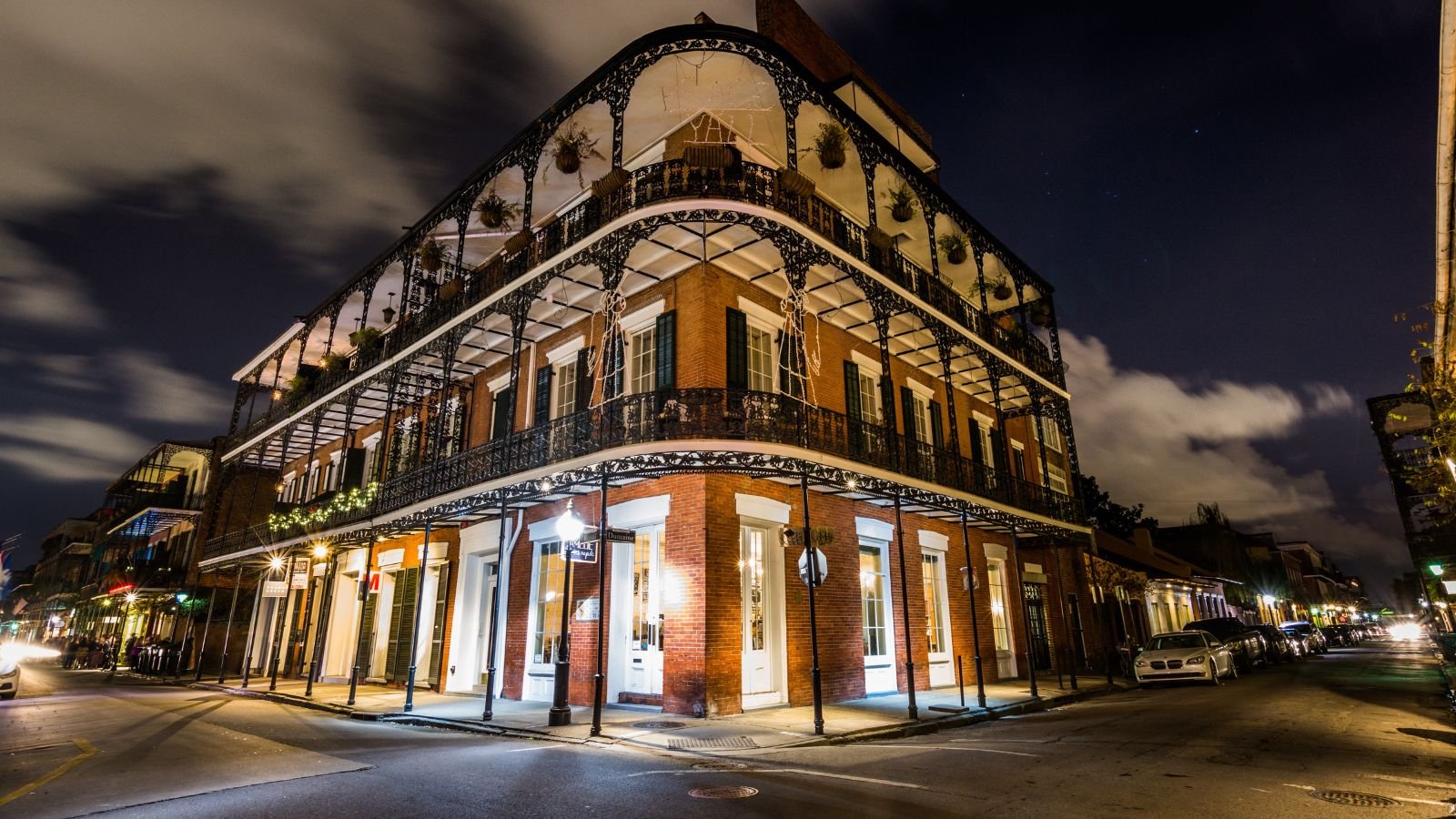
The vibrant French Quarter of New Orleans, renowned for its infectious music and rich history, struggles with the weight of excessive tourism. Millions throng the narrow streets and historic buildings, especially during Mardi Gras. This overwhelming influx leaves residents feeling crowded and the area’s charm diluted. Tourist numbers haven’t translated into the expected economic benefits. In 2019, 19.75 million visitors spent $10 billion, but by 2021, despite 15.73 million visitors, spending dropped to $8.33 billion. While numbers rebounded slightly in 2022 with 17.53 million visitors, spending only reached $9.1 billion.
New York City, New York
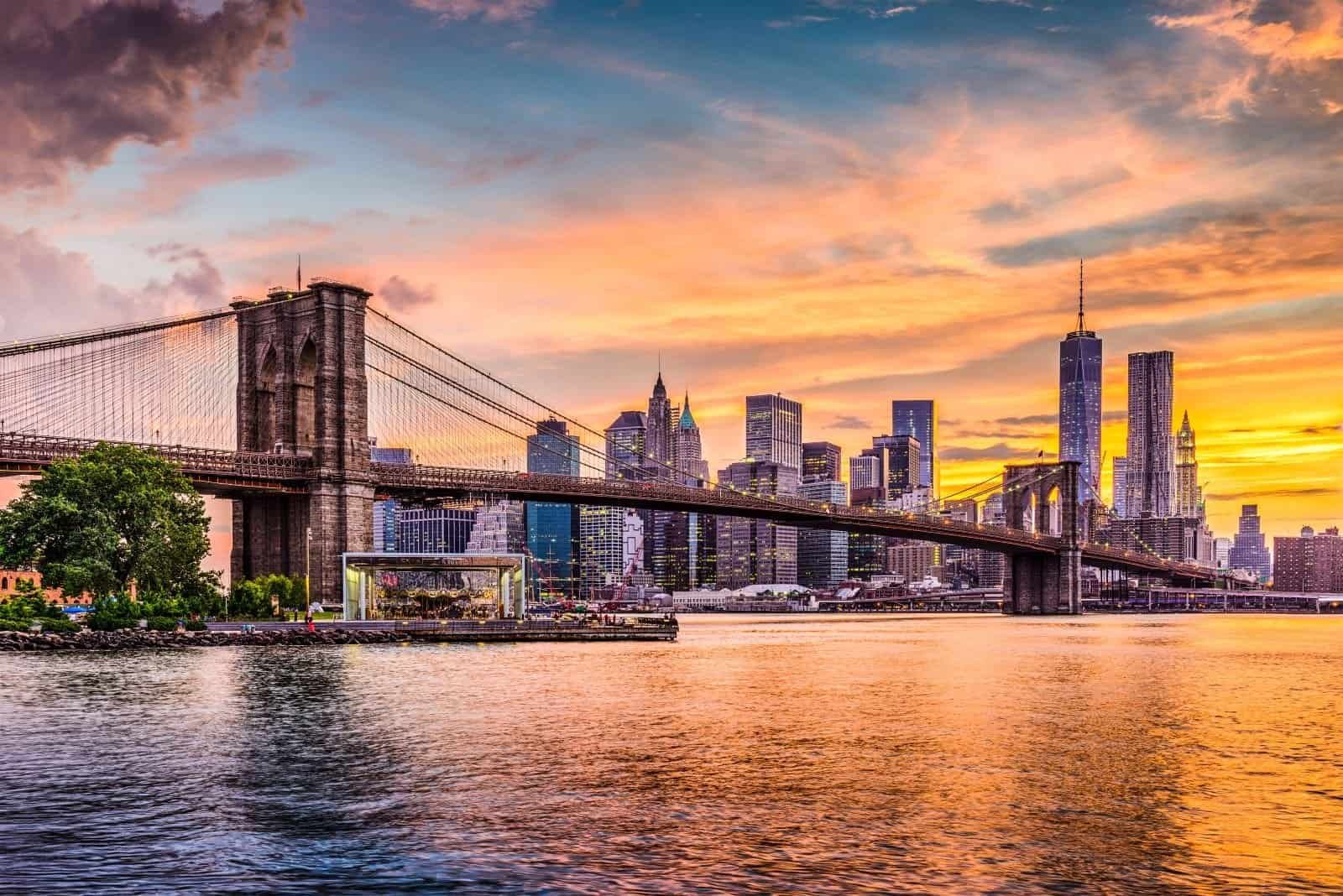
New York City’s booming tourism industry faces criticism for its potential downsides. Increased foot traffic has caused wear and tear on landmarks like Belvedere Castle. Tourist attractions like the High Line have revitalized areas but may have changed their character. Even everyday features like staircases are becoming overcrowded due to social media fame. Another example is Times Square, the iconic crossroads known for its massive billboards and dazzling lights. Despite the pandemic causing a dip to 22.3 million visitors in 2020, projections for 2024 estimate a rebound to 64.5 million visitors.
Hawaii
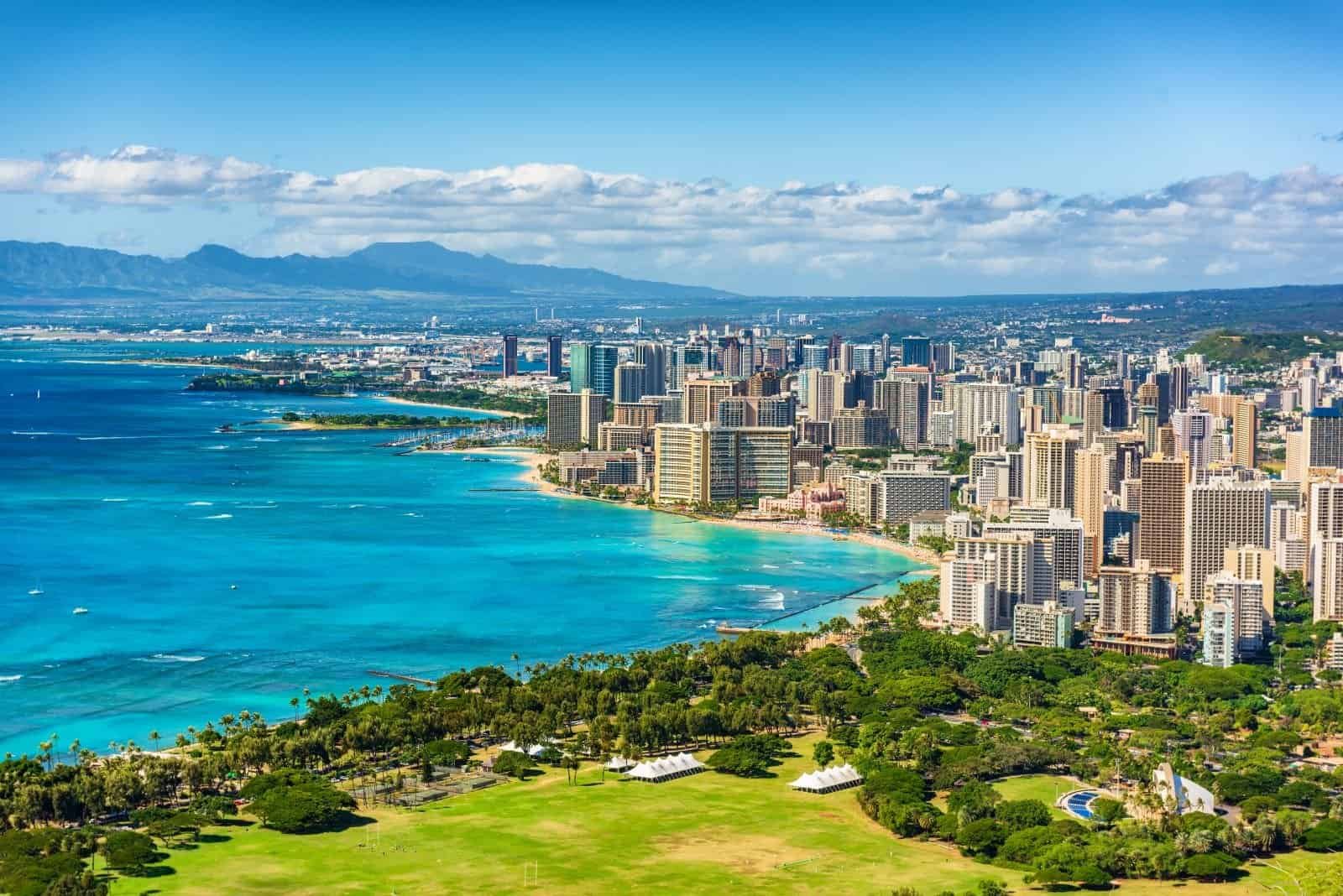
With its pristine beaches, lush rainforests, and vibrant marine life, Hawaii has long been a dream destination for travelers. However, the tourism surge has brought benefits and challenges to the islands. Tourists inadvertently harm coral reefs by touching them or using harmful sunscreen chemicals. The influx of visitors strains infrastructure—roads, water supply, waste management, and energy resources. In 2023, Hawaii hosted over 9.6 million tourists, putting immense pressure on existing facilities. Tourists disrupt native wildlife habitats by venturing into restricted areas or feeding animals. Endangered species like the Hawaiian monk seal and green sea turtle face increased stress due to human interaction.
South Beach, Miami, Florida
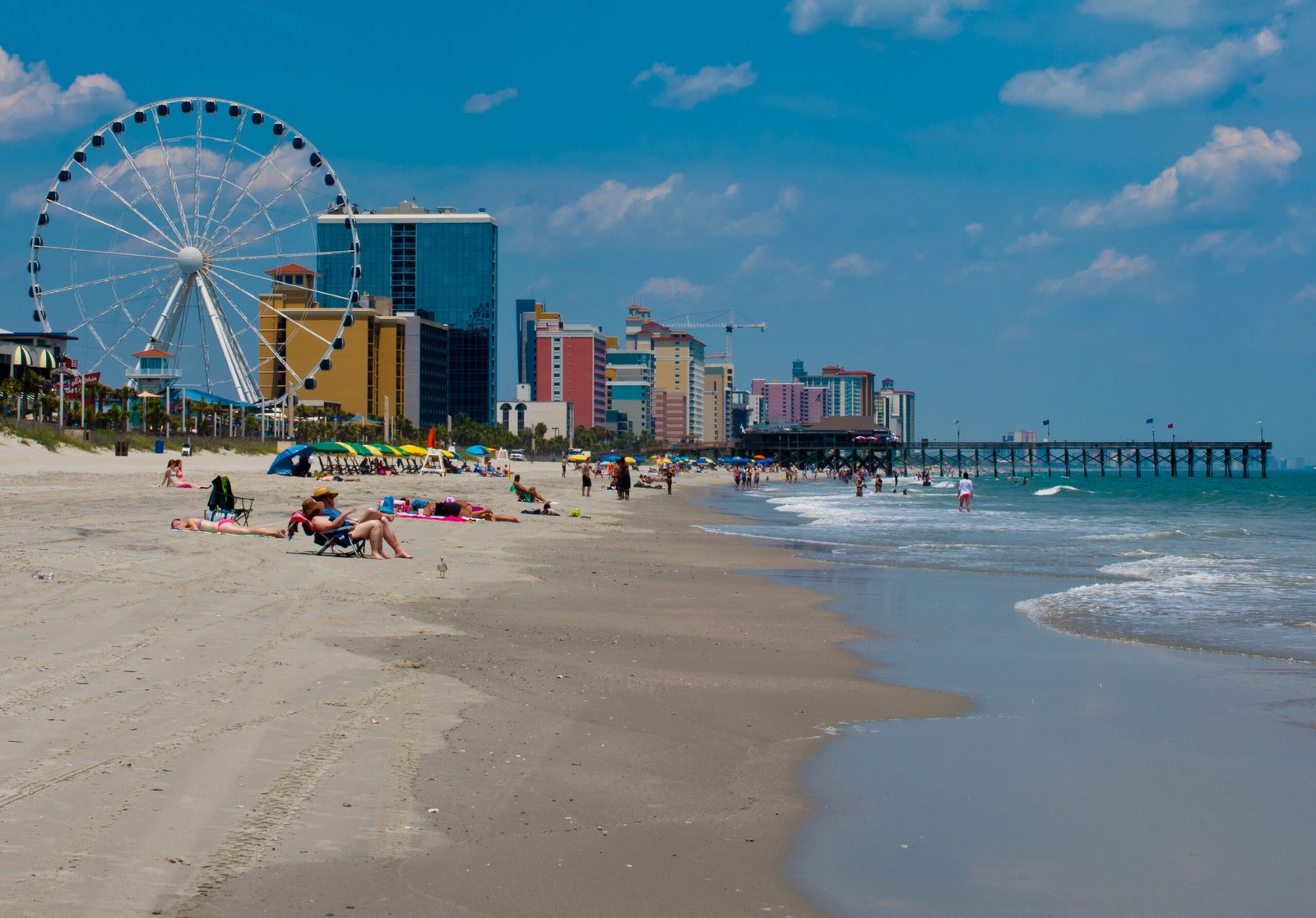
South Beach Miami, with its iconic architecture, vibrant nightlife, and sun-kissed beaches, has long been a magnet for tourists. However, its popularity comes with a price. South Beach welcomes over 8 million tourists annually. Spring breakers, in particular, can be disruptive with late-night partying and alcohol-fueled incidents. Overall, overcrowding, noise, and litter strain the area. The city is taking steps like curfews to address these issues, but the challenge lies in balancing tourism’s economic benefits with a high quality of life for residents.
Las Vegas Strip, Clark County, Nevada
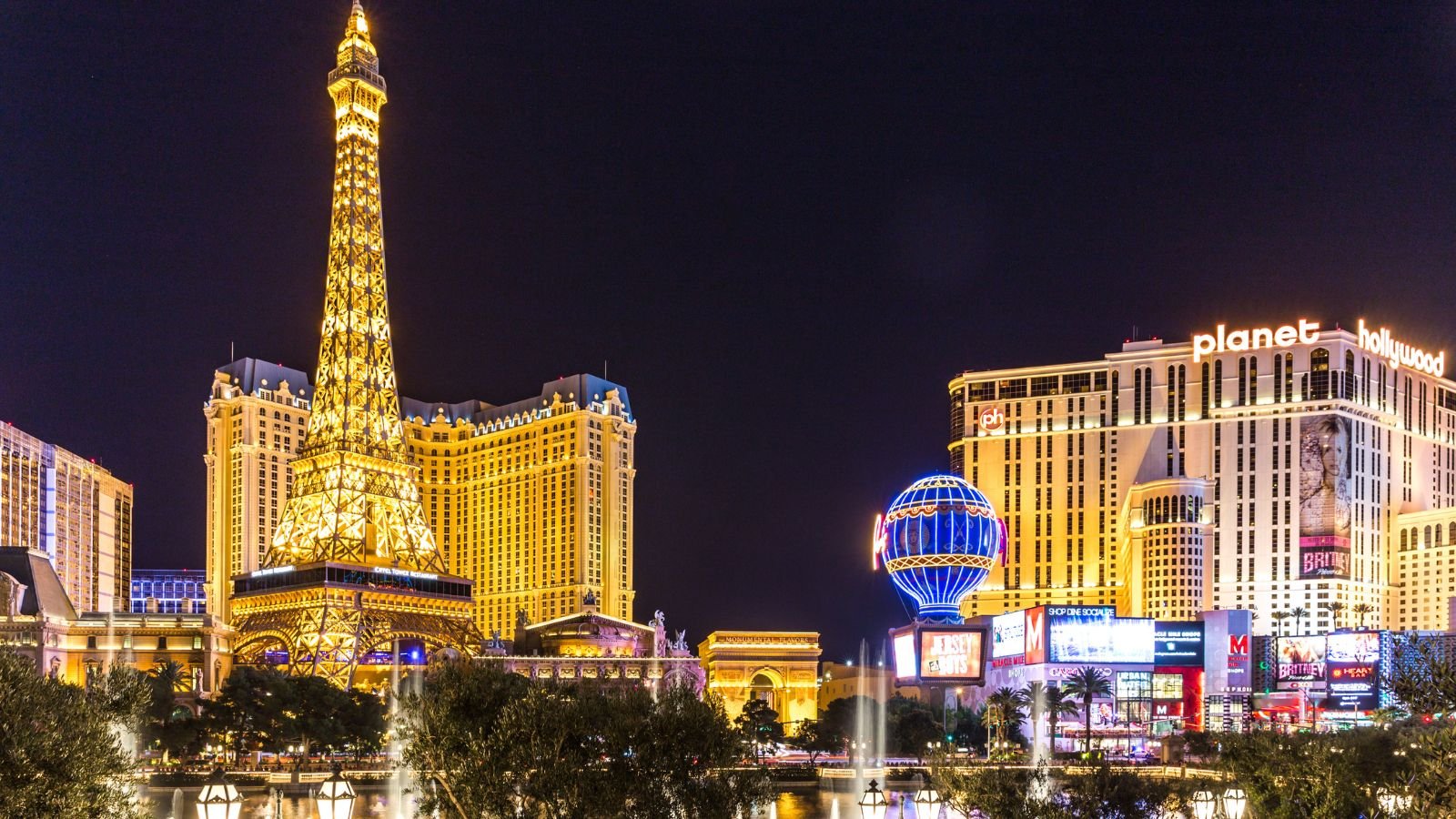
Las Vegas’ dazzling Strip, a 4.2-mile stretch boasting mega-hotels, casinos, and Michelin-star restaurants, thrives on the millions of tourists visiting it. In 2023, Las Vegas welcomed approximately 40.83 million visitors in the United States, showing an increase of roughly two million visitors compared to the previous year. This popularity fuels the city’s economy, but it also creates challenges. Traffic jams and crowded sidewalks make getting around difficult for residents, while the vibrant nightlife and casinos contribute to noise pollution. The city walks a tightrope: balancing the needs of visitors with the well-being of residents. Measures like bridge-stopping bans aim to curb congestion.
The Golden Gate Bridge, San Francisco, California
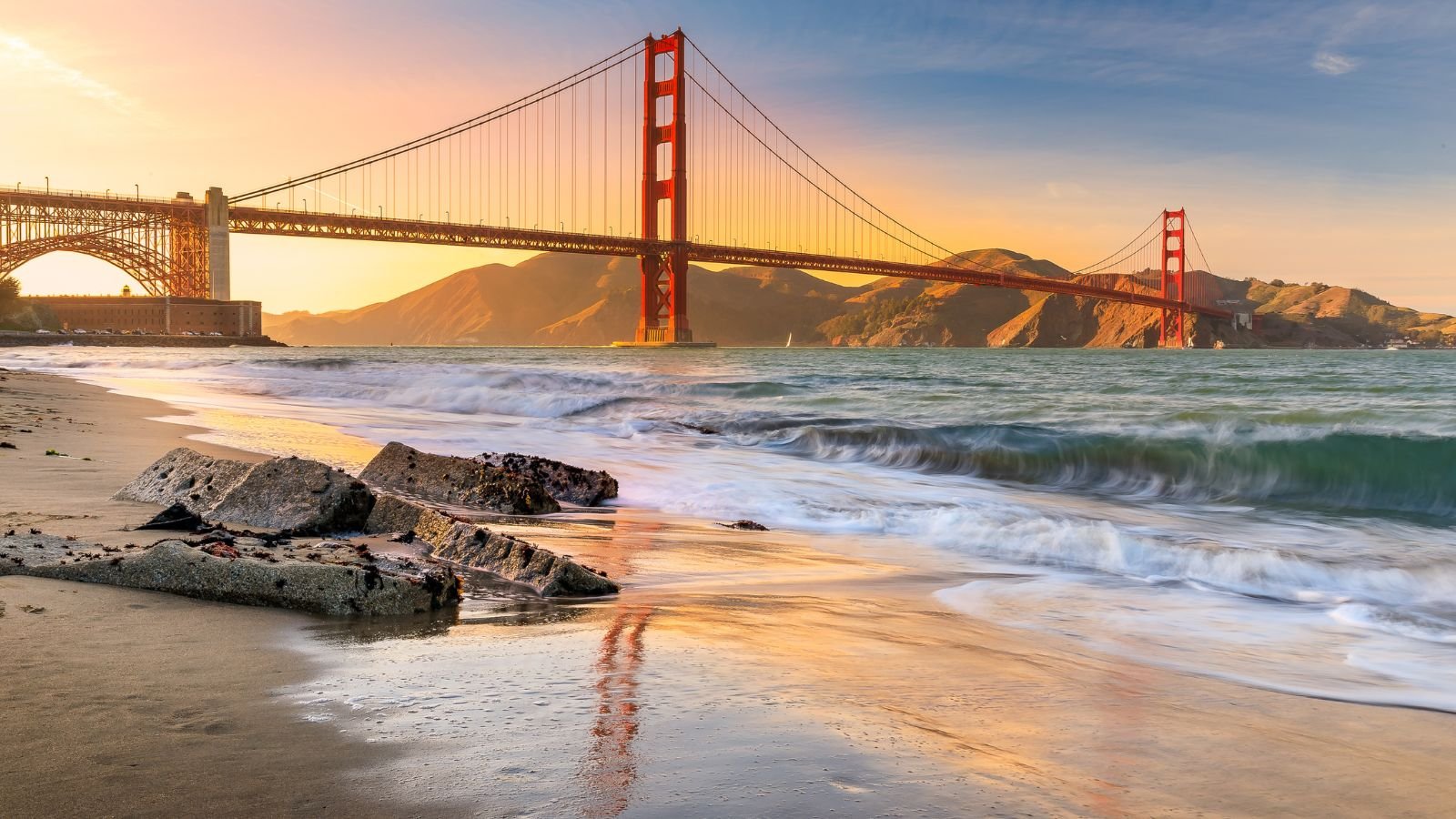
The Golden Gate Bridge attracts 10 million visitors annually. While tourism brings economic benefits, it can also create challenges. The constant flow of tourists tends to disrupt the daily lives of residents living near the bridge. San Francisco works to manage these issues. Traffic management and designated visitor areas can help ensure a smooth experience for everyone. Responsible tourism that respects the bridge and surrounding areas is also crucial. This way, the Golden Gate Bridge can remain a cherished landmark for generations.
Duckbill Rock, Oregon
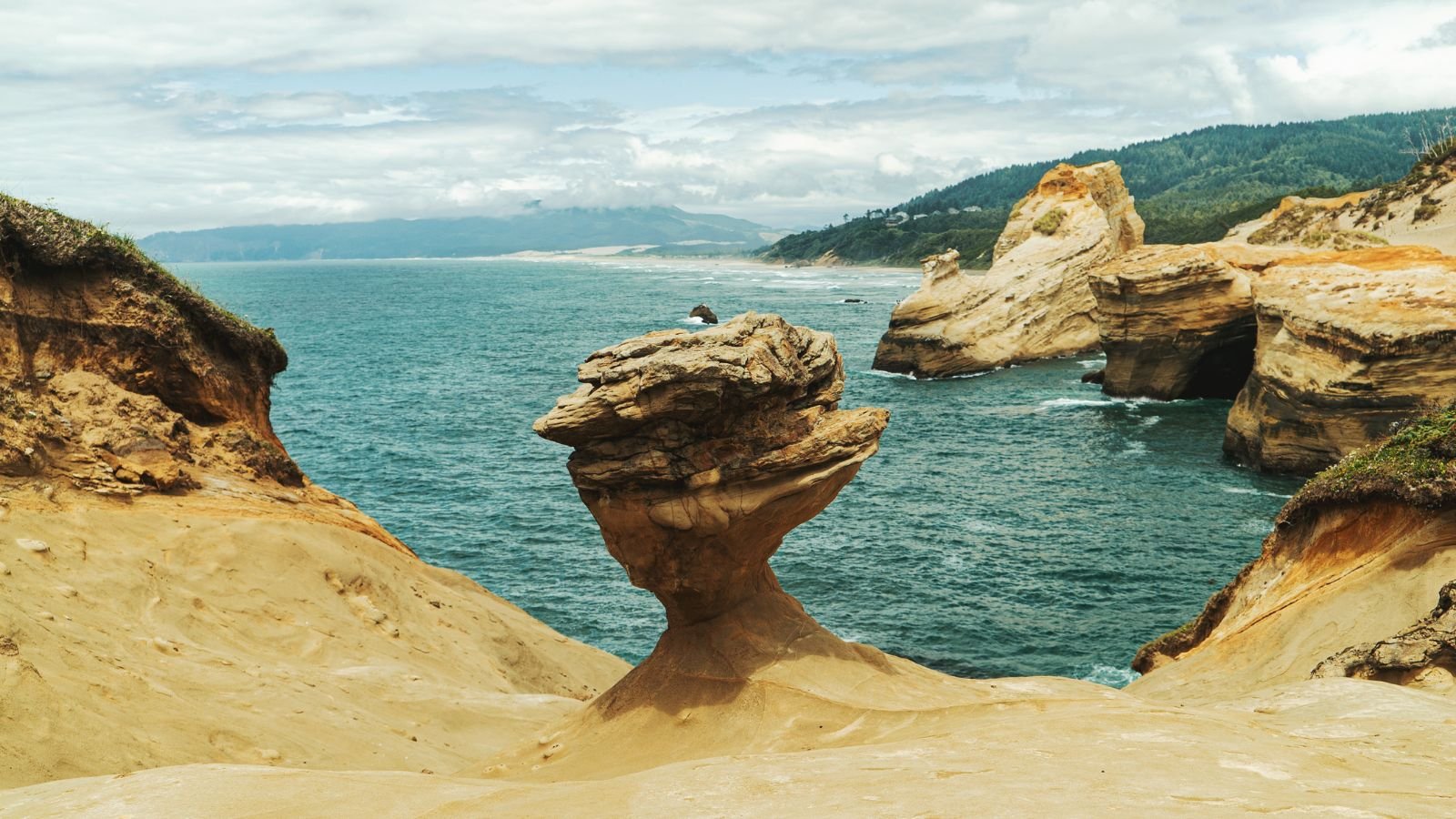
Duckbill Rock in Oregon, a striking natural landmark that attracted countless visitors for its photogenic appeal, tragically became a victim of vandalism in 2016. This 18-million-year-old sandstone formation, shaped like a giant duckbill, was a popular stop for tourists seeking unique pictures. Unfortunately, a group of teenagers, reportedly upset after a friend sustained an injury there, trespassed into a fenced area and toppled the rock. Their “public service” justification couldn’t mask the permanent damage inflicted.
The Pioneer Cabin Tree, California
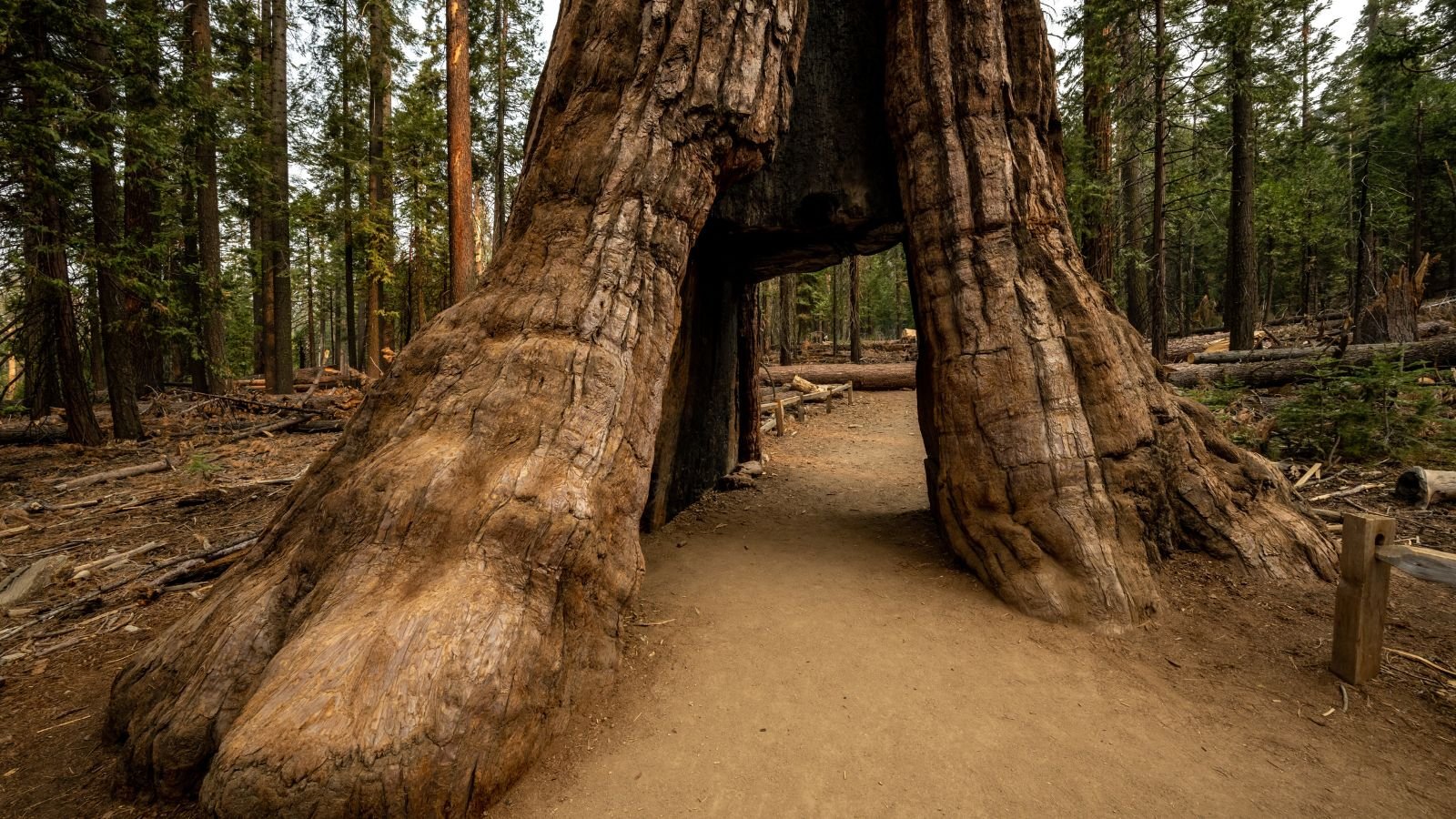
The Pioneer Cabin Tree, once a beloved California landmark, exemplifies the delicate balance between tourism and preservation. This giant sequoia, estimated to be over 1,000 years old, was famous for having a tunnel carved through its base. While undeniably “cool,” this modification to accommodate cars and pedestrians likely contributed to its demise. In 2017, a rainstorm tragically toppled the weakened tree. The natural wonder serves as a reminder of the importance of protecting natural wonders for future generations.
Tongass National Forest, Alaska
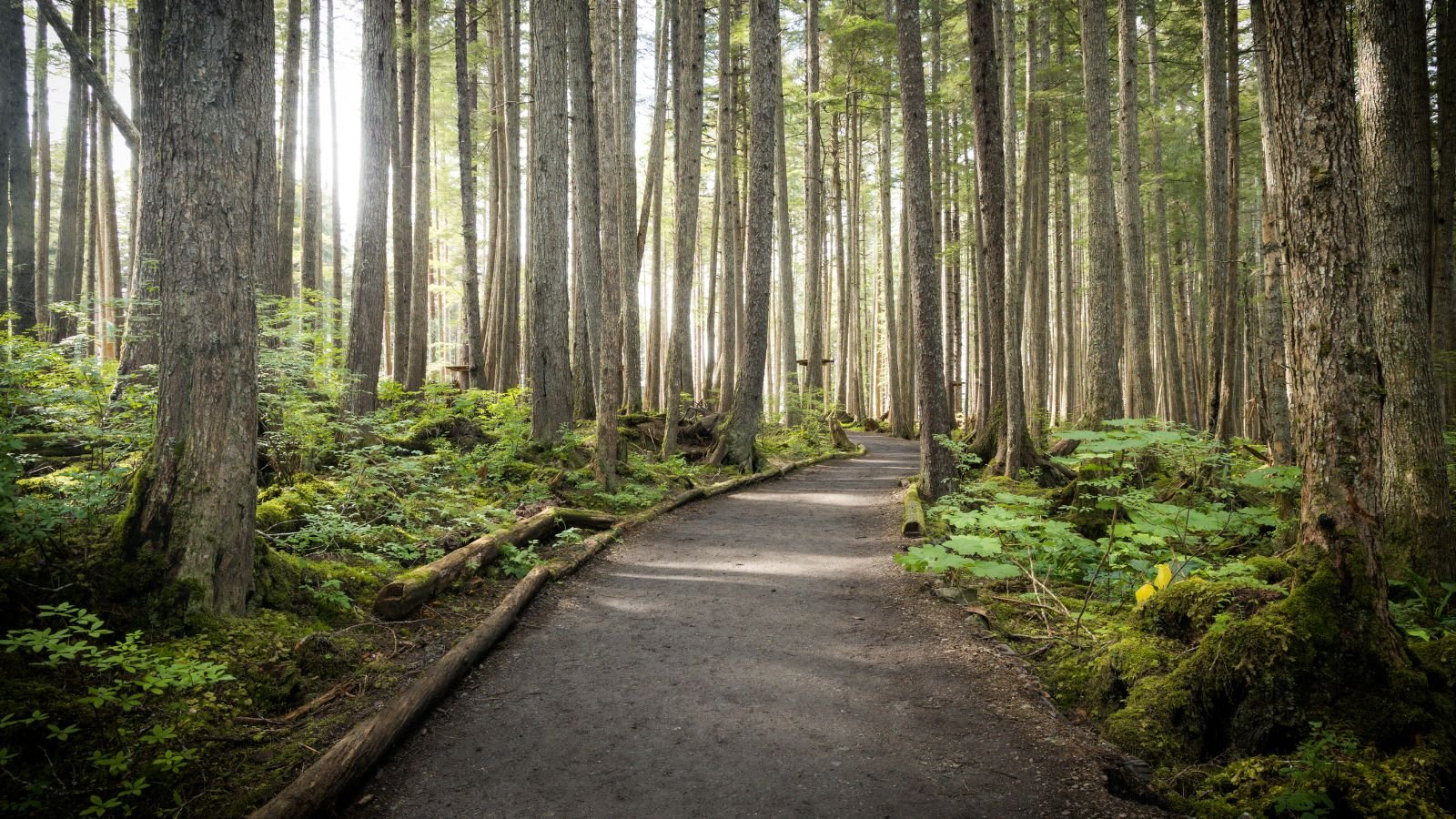
Alaska’s temperate rainforests, nestled within the Tongass National Forest, are a paradise. Home to a staggering diversity of wildlife – think bears, deer, and whales – this ecosystem thrives on a delicate balance. A tourist magnet, the Tongass National Forest draws over 2.8 million visitors each year, contributing $380 million and supporting over 5,000 jobs. While tourism is a lifeline for many Alaskan towns, it strains this fragile environment. The challenge lies in ensuring the economic benefits of tourism coexist with the well-being of the unique flora and fauna.
The Great Smoky Mountains National Park, North Carolina
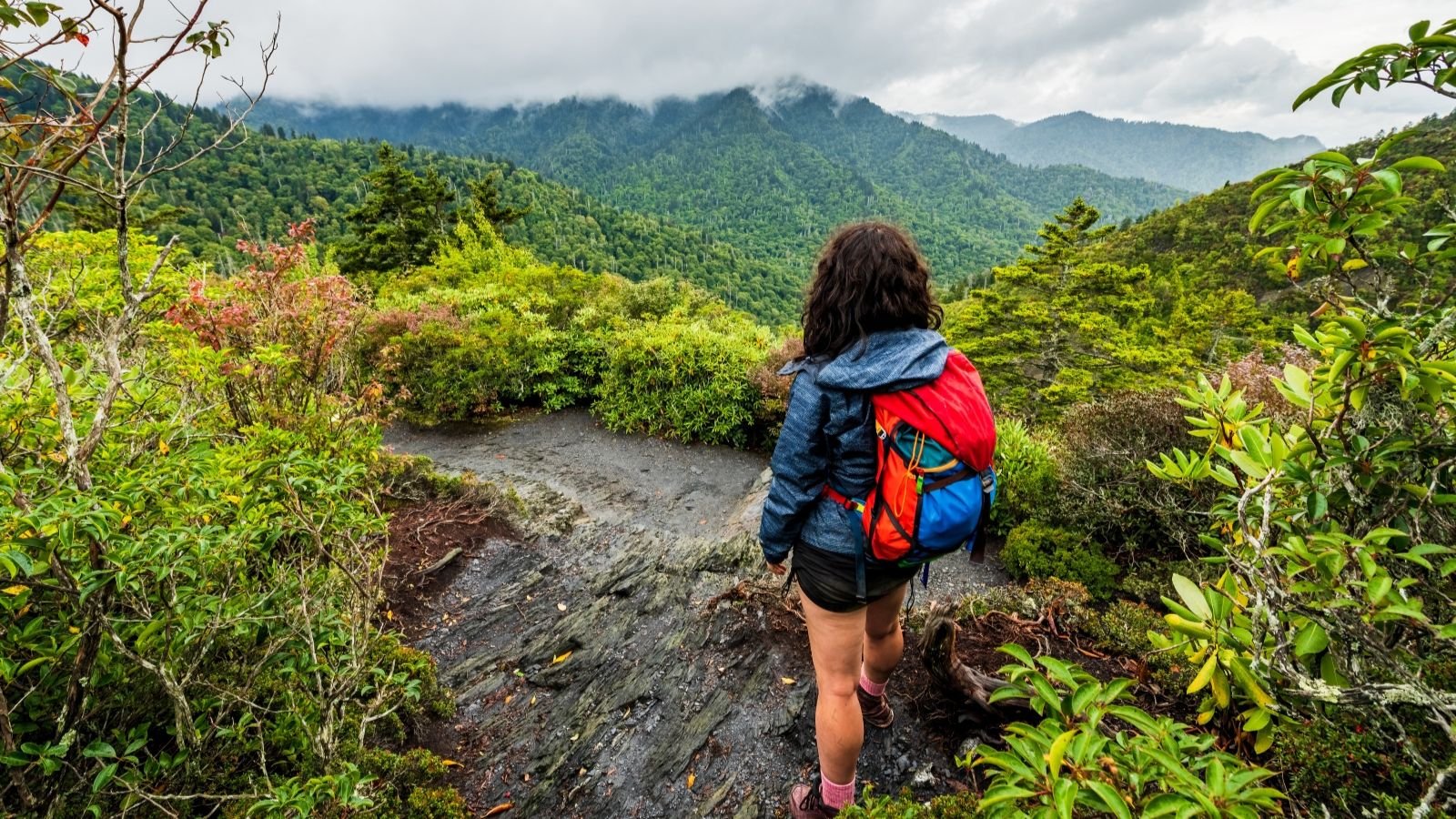
The Great Smoky Mountains National Park is a remarkable natural treasure but faces several challenges due to its popularity. Despite its scenic beauty, air pollution has become a serious problem in the park. Emissions from nearby power plants, industry, and automobiles impact the pristine views and degrade high-elevation streams and soils. The air quality has reached unhealthy levels for both visitors and wildlife. The park has experienced a surge in visitors, with over 12.5 million visits in recent years. While this highlights its popularity, it also leads to environmental damage. Increased foot traffic, litter, and disturbances affect wildlife and delicate ecosystems. Despite these challenges, serious efforts are being made to protect and preserve this iconic park.
Bubble Gum Alley, San Luis Obispo, California
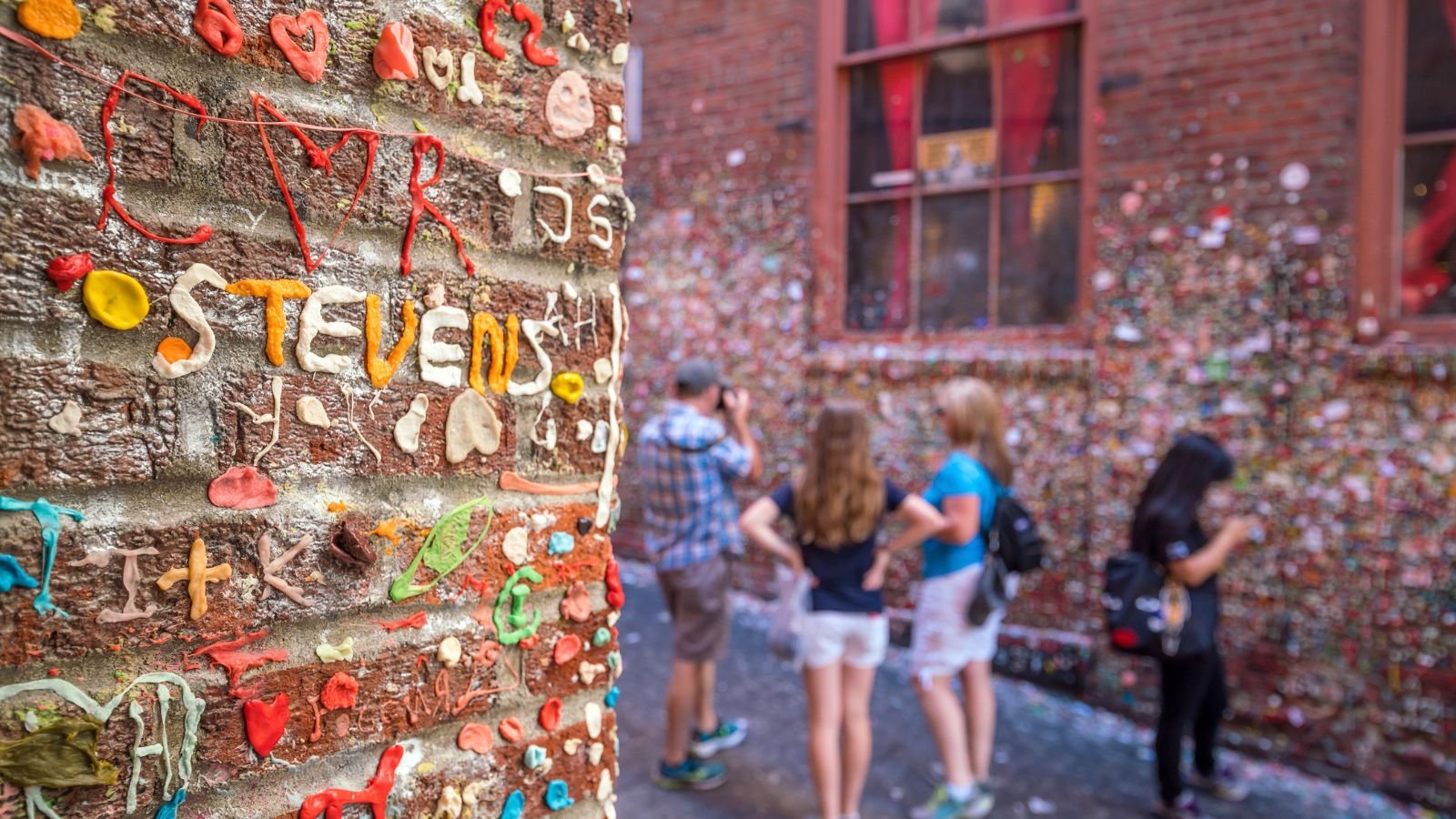
San Luis Obispo’s Bubble Gum Alley, a sticky tourist magnet, attracts over 200,000 visitors annually with its unconventional art form – used chewing gum plastered across the walls. While undeniably unique, this quirky tradition poses a challenge. The sheer volume of gum, estimated to be hundreds of thousands of pieces, damages the brick walls. Locals are divided – some see it as an eyesore, advocating for removal, while others embrace its odd charm. The future of Bubble Gum Alley hinges on finding a balance between quirky attraction and tourism.
